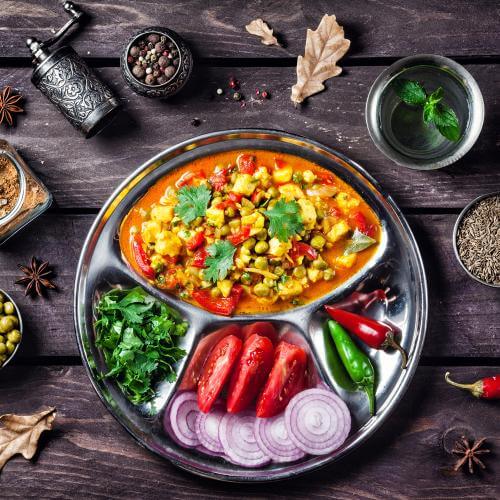
"Let thy food be thy medicine and thy medicine be thy food.“ This ancient proverb forms the basis of Ayurvedic wisdom. When we learn to eat right - that is, in harmony with our physical and mental constitution - our body will be in balance and healthy.
The Theory of the 6 Tastes
This natural concept is based on the Ayurvedic theory of the six tastes. Each taste has a specific effect on our body and can be used for therapeutic purposes. Our body will be affected differently by a sweet taste, which calms and grounds, and a spicy taste, which increases the fire in the body. Thus, some people may benefit from spicy food because they need to support the digestive fire in the stomach and thus healthy digestion. However, for some people it can cause too much heat, which then manifests itself, for example, in inflammation and excessive anger. Being aware of which cravings do us good and which do not is fundamental to our own ability to regulate our health and maintain psychosomatic balance.
6 Tastes
Ayurveda distinguishes six basic tastes: sweet, sour, salty, pungent, bitter and astringent, each of them associated with a specific type of effect. All foods in general are combinations of these tastes in different proportions. It is therefore easy to determine the correct psychosomatic type by taste preference. A healthy person spontaneously regulates the imbalance of the three biological principles of Vata, Pitta and Kapha through taste. By a short-term preference for a certain taste, we always try to intuitively correct our disturbed constitution in the body. In such a case, the body acts on the basis of its natural intelligence. However, if we persistently prefer one and the same taste for a long period of time, then it is a clear indicator of our constitutional imbalance. Such extreme and long-lasting taste preferences often lead to habits, addictions and stereotypes which, over time, can lead to various diseases.
Taste desires
Individual tastes directly influence the emotional and psychological state of a person. It is therefore good to pay attention to the individual tastes in our diet. If we are really physically hungry and our hunger is not a mere whim of an undisciplined mind, a natural and simple sweet taste (not refined sugar) will always be sufficient to satisfy us. If, however, it is only the mind that is hungry, then it will reach for more pronounced salty, spicy or sour tastes. By demanding extroverted tastes, the mind only suppresses the body's real needs and natural intelligence. Conscious control and silencing of thoughts are therefore important skills that enable us to listen properly to the voice of our body and not just the whimsical desires of our mind. By controlling our gustatory urges, which begin on the tongue, we develop greater moderation and more conscious control of our emotions, senses and instincts.
The Effect of the Six Tastes
- The sweet taste soothes the nerves and regenerates the body in case of weakness and exhaustion. Sweet promotes the growth of bodily tissues and the formation of Ojas, brings peace, contentment, harmony, optimism and enthusiasm. It weakens the elements of air (vata) and fire (pitta) and strengthens the water element (kapha). Overuse of sweet taste causes obesity, diabetes, fatigue, parasites and yeast formation, inflammation and respiratory diseases.
- The sour taste warms the body, promotes good digestion and reduces bloating. It increases vitality and induces a feeling of unsatisfied desires. It strengthens the fire (pitta) and water elements (kapha). It weakens the air element (vata). Overuse of sour taste causes envy, acidity, heartburn and skin infections such as acne, urticaria, eczema or psoriasis.
- The salty taste increases the digestive fire, promotes good digestion and detoxifies the body. It stimulates sensual desires, accelerates the aging process and the wear and tear of bodily tissues. It strengthens the water (kapha) and fire element (pitta) in the body. It weakens the air element (vata). Overuse of salty taste causes anger, skin rashes, inflammation, impotence, hair loss and increased wrinkle formation.
- The pungent taste warms the body and has a positive effect on the healthy functioning of the upper and lower respiratory tract. It promotes good digestion and cleanses the body of bacteria and parasites. It dries out body fluids and promotes weight loss. The hot taste is extroverting, stimulates the senses and is easily addictive. It strengthens the elements of fire (pitta) and air (vata). It weakens the water element (kapha). Overuse of the pungent taste causes restlessness, thirst, diarrhea, heartburn, fever and skin dryness.
- The bitter taste cools, dries and purifies the body. It helps with stomach disorders, inflammation, fever and skin diseases. It is introverting, strengthens inner awareness and reduces sensual cravings. It strengthens the air element (vata) and weakens the water (kapha) and fire element (pitta). Overuse of bitter taste causes dissatisfaction, headache, weight loss and weakness.
- The astringent taste dries, cools and purifies the body. It promotes wound healing and stops bleeding. It helps with inflammation, upset stomach and diarrhea. It is introverting and reduces sensual desires. It strengthens the air element (vata) and weakens the water (kapha) and fire element (pitta). Overuse of astringent taste causes insecurity, fear, thirst, constipation and stiffness.
Diet According to Constitution
Try to be more aware of the properties and effects of flavours in your daily diet - you will learn a lot about yourself, your tendencies and inclinations. Our online dosha test can also help you with this, and determines the individual ratio of the three basic Ayurvedic principles (vata, pitta and kapha) in your body. Thanks to this, you can better understand why you like or dislike certain things, and it will also give you the key to creating a diet and choosing the right tastes, which will help you to easily regulate your physical and mental condition.
Here is a summary chart of the effects of tastes on the health of the body:
| Taste | Properties | Effects - Moderate Use | Effects - Excessive Use | Example of Food |
| SWEET | heavy, cooling, oily, anabolic | stimulates life essence (ojas), growth of body tissues, soothes burning, stimulates the senses, improves color, skin and hair, melodious voice, eliminates thirst, anti-starvation / brings stability, strength, energy, vitality and longevity, love and compassion | colds, coughs, heaviness, obesity, thickening of the blood, loss of appetite, tumors, swelling, diabetes, yeast proliferation and infections, laziness, induces thirst and drowsiness / induces attachment, greed and desire to possess | sugar, honey, dates, liquorice, rice, wheat, milk |
| SALTY | heavy, warming, oily, laxative, anti-spasmodic | aids digestion, anti-bloating, provides energy, electrolyte balance, muscle growth / strengthens spirit, confidence, courage and enthusiasm | thickening of blood and narrowing of blood vessels - increase in blood pressure, water retention - swelling, wrinkles, ulcers, bleeding, hyperacidity, skin problems / desire to possess, irritability | rock salt, sea salt, black salt, sesame salt, seaweed, tamari |
| BITTER | cooling, light, dry, anti-inflammatory, antibacterial, antiviral, laxative | against poisons, bacteria, removes burning, itching, cures skin diseases, against fever, cleanses the liver, strength of the skin, muscles, anti-bloating, for digestion, strengthens the pancreas - blood sugar regulation, removes toxins and fats / detachment from the desires of the mind and sensual desires | dizziness, loss of consciousness, dryness, extreme weight loss, wear and tear, osteoporosis/cynicism, dismissive attitude, resentment, withdrawal, isolation and loneliness | bitter melon, turmeric and dandelion root, aloe vera, sandalwood, coffee |
|
SOUR |
light, warming, refreshing, anti-spasmodic | stimulates appetite, saliva production and digestion, anti-bloating, nourishes the heart, revitalizes the mind, balances cholesterol, reduces congestion / ability to appreciate, appreciation, discernment, alertness | congestion, inflammation (liver, bladder), hyperacidity, rashes, tooth sensitivity, thirst, heartburn, diarrhea/over-criticality, judgment, envy, hatred | sour cream, yoghurt, vinegar and cheese, citrus fruits, green grapes, fermented foods |
| PUNGENT |
light, warming, drying, anti-spasmodic, anti-parasitic,
|
improves digestion, absorption, cleanses the mouth, sinuses, aids circulation, dissolves clots, removes fat and promotes waste elimination / enthusiasm, mental strength, clear perception, determination | diarrhea, acidity, nausea, insomnia, stomach ulcers, inflammation, irritation of mucous membranes, hiccups/negative reactions, anger, violence, hostility, jealousy, aggression, rivalry | cayenne and black pepper, chili peppers, mustard seed, ginger, onion, radishes, horseradish, garlic |
| ASTRINGENT | cooling, drying, heavy, anti-inflammatory, grounding | improves absorption, anti-diarrhea, heals ulcers, removes fat, stops bleeding - promotes blood clotting, constricts blood vessels / strengthens a collected and organized mind, puts everything in order | induces cramps, constipation, dry mouth, impedes speech, promotes gagging, heart spasms, circulatory stagnation, may induce twitching, weight loss, neuromuscular disease/thought fragmentation, disorganization, insomnia, worry, anxiety, nervousness, rigidity, depression | unripe banana, pomegranate, chickpeas, green beans, alfalfa sprouts, most raw vegetables |
Kichadi - recipe for a dish full of harmony
An example of a harmonious and balanced food that properly nourishes all body constitutions is KICHADI - a treasure of Ayurvedic cuisine. Kichadi is suitable all year round. Basmati rice and mung beans, which form its base, together create a balanced food that is a good combination of proteins. We bring you a recipe for kichadi together with a vegetable mixture, but it can also be prepared on its own as a main course, making it quicker and easier to prepare if you don't fancy the vegetable part. Then the dish consists of mung/worm lentils, rice, herbs and spices. Wishing you a good, balanced and nourishing taste!
Kichadi with vegetables
Preparation time: 35 minutes
Cooking time: 45 minutes
Portions: 6 to 8
Ingredients for rice and mung/lentils - kichadi:
3½ cups of water
¾ cup of husked or unhusked basmati rice (the most digestible type of rice)
¾ cup mung beans or red lentils
1 teaspoon ground cumin
1 teaspoon ground coriander
½ to 1 teaspoon red pepper (sweet or hot to taste)
¼ teaspoon turmeric
¼ teaspoon cardamom
⅛ teaspoon cloves
Ingredients for the vegetable part:
1 medium-sized yellow or white onion, finely chopped
1 ½ teaspoon finely chopped garlic (about 2 cloves)
1 teaspoon finely grated or chopped fresh ginger
3 cups of water
2 medium potatoes, cut into small cubes (about 1 ½ cups)
1 medium sweet potato, cut into small cubes (about 2 cups)
2 stalks of celery, chopped (about ⅔ cup)
1¼ cups cooked peas (if using frozen, thaw with a little warm water)
4 cups of coarsely chopped leafy greens (you can use any kind of lettuce, spinach, arugula, field greens, sweet fennel in any proportion you like)
Preparation
Place the water, rice, mung/lentils and spices in a pot designed for cooking soup and bring to a boil, uncovered. Then lower the heat, cover with a lid and cook for 45 minutes.
About 15 minutes before cooking the rice and lentils, heat 1 tablespoon of water in another tall pot over medium heat. Once the water begins to sizzle, add the onions and cook, stirring, for 3 minutes, adding a little water as needed. Then add the garlic and ginger and cook, stirring, for about 1 minute. To this add 3 cups of water, the potatoes, sweet potato and celery and bring to the boiling point, uncovered. Reduce heat, cover and cook for about 7 minutes. Add the peas and leafy greens, then cover and cook for 3 more minutes, or until the potatoes are tender.
Finally, mix the cooked vegetables in the pot together with the cooked rice, mung/lentil mixture and spices.
Notes: the various spices that are added to the rice and mung beans/red lentils can also be replaced with 2 - 3 teaspoons of your favourite curry spice to simplify the recipe. Mung beans can also be partially or completely replaced with red lentils.

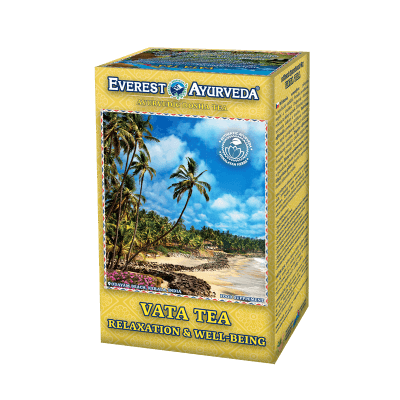 100 g
100 g 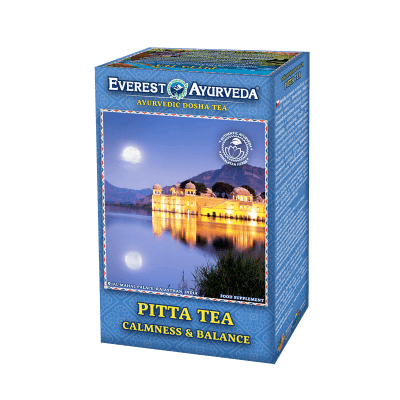 100 g
100 g 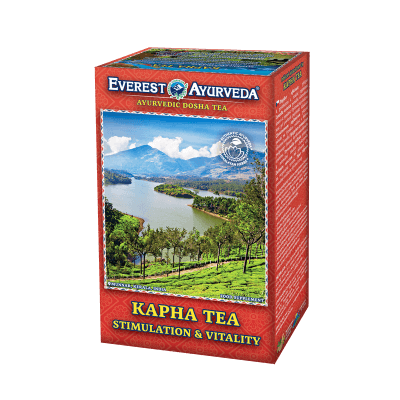 100 g
100 g 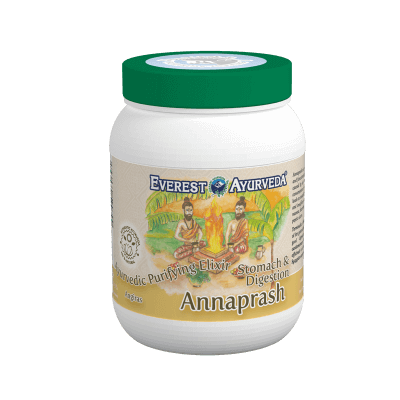 200 g
200 g 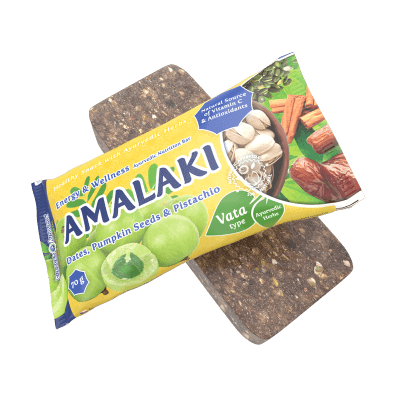 70 g
70 g 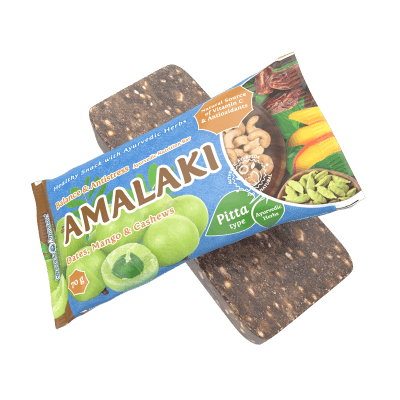 70 g
70 g 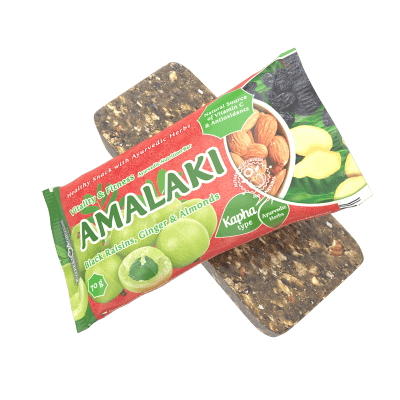 70 g
70 g